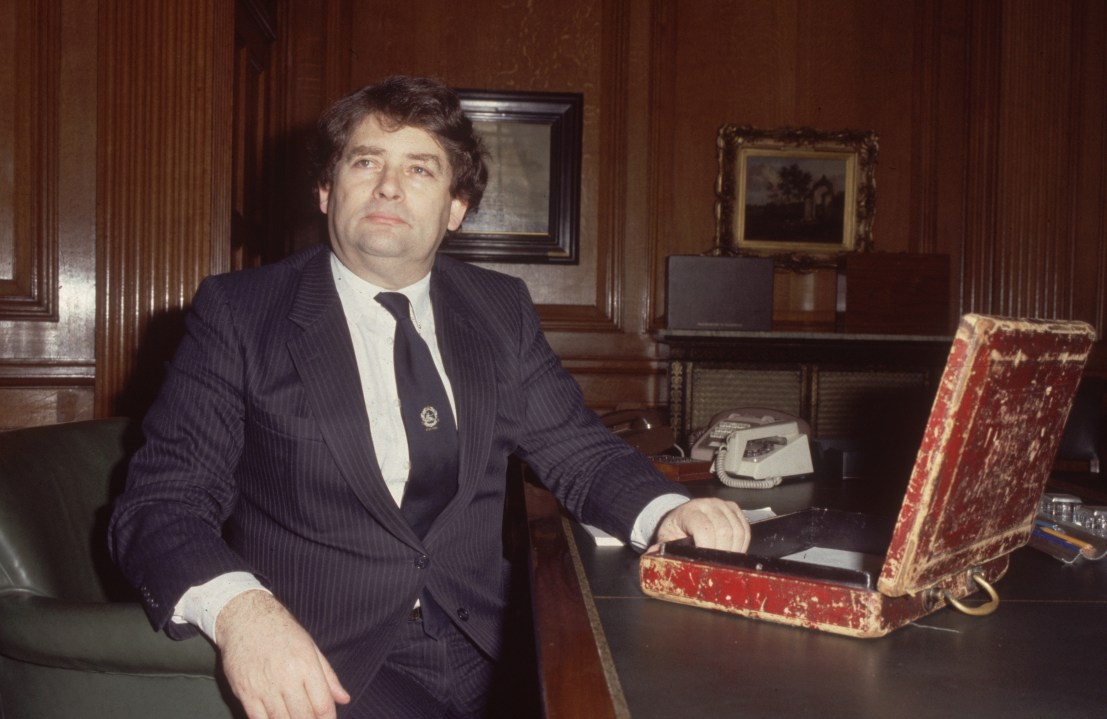 When I was at the Fabian Society debate last Sunday with Ed Balls, the subject of taxing the rich came up. I warned them they were chasing a false God, that it will result in less tax yield. The rich will have less incentive to earn more, and more incentive to dodge tax. I gave a figure which one of those in the audience later accused me of making up. It’s pivotal to understanding how this country is financed, so here it is…
When I was at the Fabian Society debate last Sunday with Ed Balls, the subject of taxing the rich came up. I warned them they were chasing a false God, that it will result in less tax yield. The rich will have less incentive to earn more, and more incentive to dodge tax. I gave a figure which one of those in the audience later accused me of making up. It’s pivotal to understanding how this country is financed, so here it is…
The richest 1% of this country pay 23% of all income tax collected (table here) in 2008-09. The richest 5% pay 42% of the tax. These ratios should warm the heart of the most ardent redistributionist. Brown’s wise refusal to raise the top rate of tax has seen the richest shoulder a greater share of the burden. In 1999-00 these ratios were 21.3% and 39.6% respectively. I credit Brown with doing this knowingly: he knew that to get the richest to shoulder a greater share of the burden, you don’t raise the top rate of tax. It was precisely his hunger for tax, I believe, that led his refusal to raise the top rate.
Last July, I asked HMRC to trawl its databanks for earlier ratios before Nigel Lawson’s 1988 budget which reduced the top rate to 40% and had hotheads like Alex Salmond storming out of the chamber in protest.
“Share of total income liability” is available for selected years. Expressed as a percentage
| 1976-77 | 1978-79 | 1981-82 | 1986-87 | 1999-00 | 2008-09 | |
| Top 1% | 11 | 11 | 11 | 14 | 21.3 | 23.0 |
| Top 5% | 25 | 24 | 25 | 29 | 39.8 | 42.3 |
| Top 10% | 35 | 35 | 35 | 39 | 50.3 | 53.1 |
| Next 40% | 45 | 47 | 46 | 42 | n/a | n/a |
| Lower 50% | 20 | 18 | 19 | 16 | 11.6 | 11.5 |
Note: from 1999, people taxed as individuals not families
This is why Nigel Lawson should be regarded as the most distributive Chancellor in British history. When he reduced the top rate to 40% he unleashed wealth creation and the government profited by taking a smaller slice of a much bigger pie. This is why the system the Tories bequeathed to Labour was more ‘progressive’ than what they inherited from Callaghan and Healey. Lawson demonstrates again the lesson JFK taught the world in 1960 and the Irish taught us with corporation tax: lower tax rates mean higher tax yields. It’s the Laffer Curve. I suspect we’re entering territory where, for political reasons, the top rate of tax will rise. But it will not lead to a “fairer” tax system, even by the left’s defition. This is the paradox the left cannot and will not grasp: to get the rich to pay a higher share of the tax, lower their tax rate. Lawson, a true Tory radical, understood this. And just look at the result.
It is vital for the Tories to start exploring low-tax economics again (primer here), and to start talking about tax cuts that will pay for themselves from the extra wealth they will see created. To start talking about a dynamic, rather than HMT’s static, tax model. And to realise that a LibDem obsession with marginal rates leads nowhere. To listen to the LibDems talk, you’d think the top 1% are charlatans who pay no tax at all. And on this point I yield the floor to the West Wing’s Sam Seaborne:
“I paid 23 times* the national average in income tax. I paid my fair share, and the fair share of 22 other people. And I’m happy to, ‘cause that’s the only way it’s gonna work. And it’s in my best interest that everybody be able to go to schools and drive on roads. But I don’t get 23 votes on Election Day. The fire department doesn’t come to my house 23 times faster and the water doesn’t come out of my faucet 23 times hotter. The top one percent of wage earners in this country pay for 23 percent of this country. Let’s not call them names while they’re doing it, is all I’m saying.”
* Sam said 27 times in the script – as the lower-tax US is more ‘progressive’ than Britain’s – so I tweaked it.








Comments